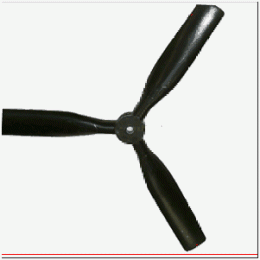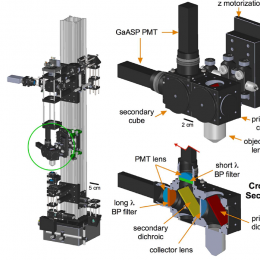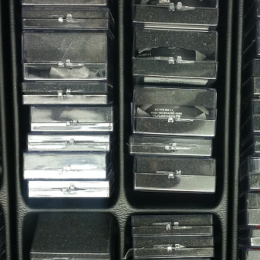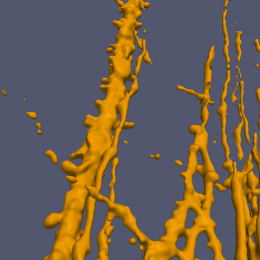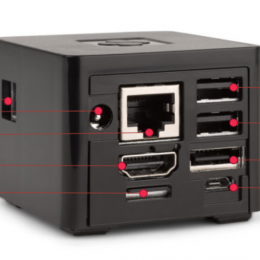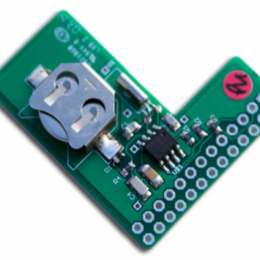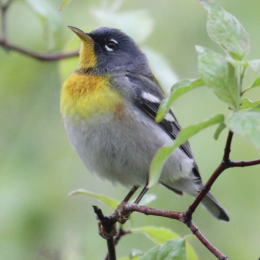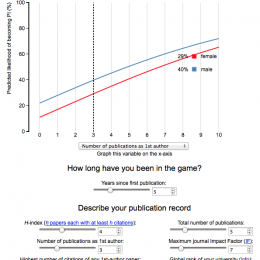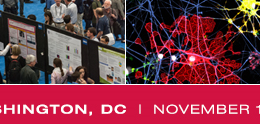Rolling shutter vs. global shutter: why it matters
Digital cameras can have global shutters or rolling shutters (some cameras can operate in both modes). Global shutters are preferable for periodic applications, including intrinsic imaging, because rolling shutters can cause artifacts. This article does a nice job of explaining the artifacts that…
